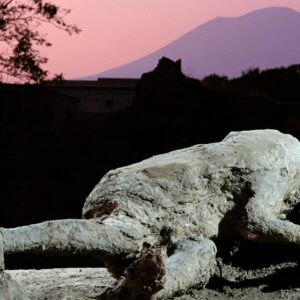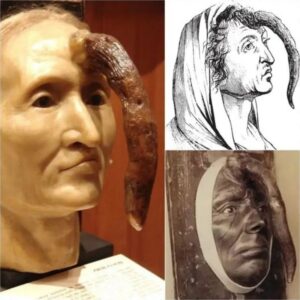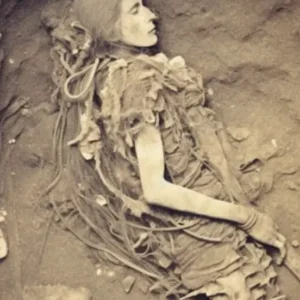Among the remarkable artifacts discovered in the tomb of King Tutankhamun is a ceremonial shield, dating from the New Kingdom’s 18th Dynasty, specifically between 1332-1323 BCE. This shield, found in the Valley of the Kings, is a powerful symbol of the young pharaoh’s royal authority and his divine role as protector of Egypt.

The shield is intricately designed, showcasing the high level of craftsmanship achieved during Tutankhamun’s reign. It features a dramatic scene of the king in the act of slaying a lion, a depiction rich with symbolic meaning. This image of the king vanquishing a powerful beast would have been intended to convey his strength, bravery, and capability as a ruler, mirroring the pharaoh’s role as a warrior and protector of his people.

Lions in ancient Egyptian iconography often symbolized chaos and danger, which the pharaoh was expected to subdue to maintain Ma’at, the principle of order, balance, and justice. By portraying Tutankhamun slaying a lion, the shield not only highlights his martial prowess but also his divine mandate to uphold harmony and stability in the kingdom.

In addition to its symbolic imagery, the ceremonial shield is a testament to the artistic and material wealth of Tutankhamun’s era. The materials used and the detailed craftsmanship reflect the opulence of the royal court and the importance placed on ceremonial objects. Such items were not merely functional but also served as potent symbols of the pharaoh’s divine status and earthly power.

The shield’s discovery in Tutankhamun’s tomb underscores its significance. Burial items were carefully chosen to accompany the pharaoh in the afterlife, providing protection and ensuring his status and abilities would be recognized and maintained in the realm of the gods. The inclusion of this ceremonial shield among the tomb’s treasures speaks to its importance in symbolizing the king’s role and capabilities.






